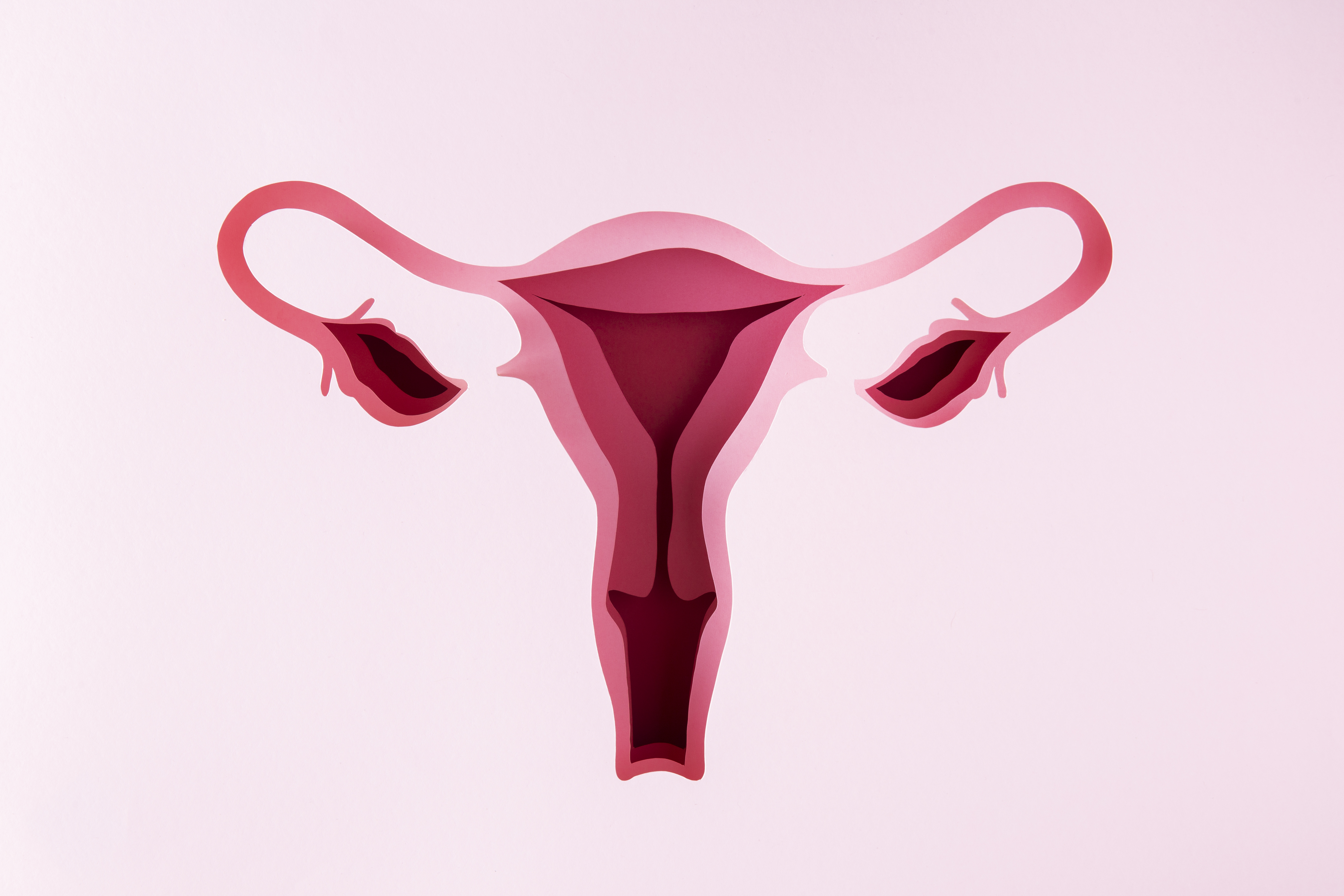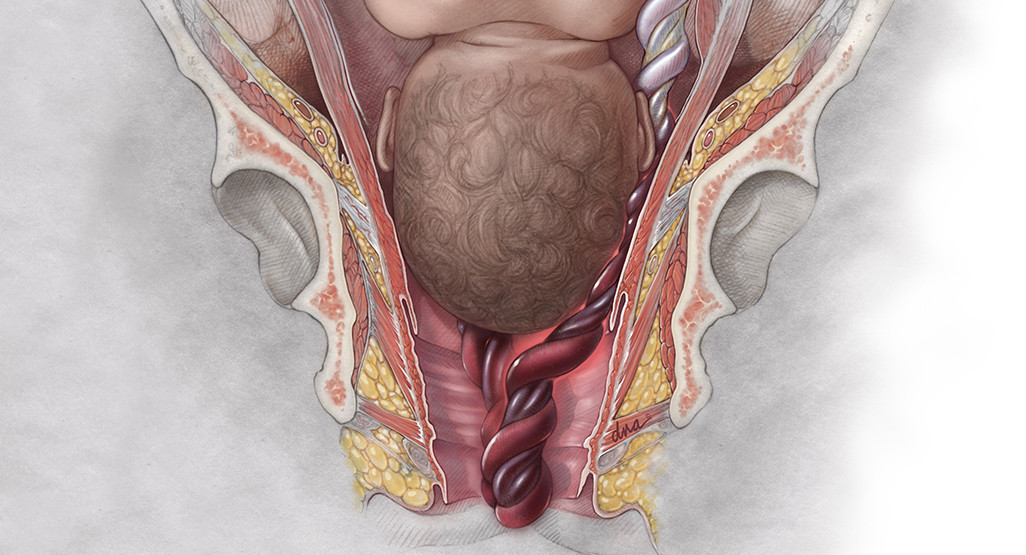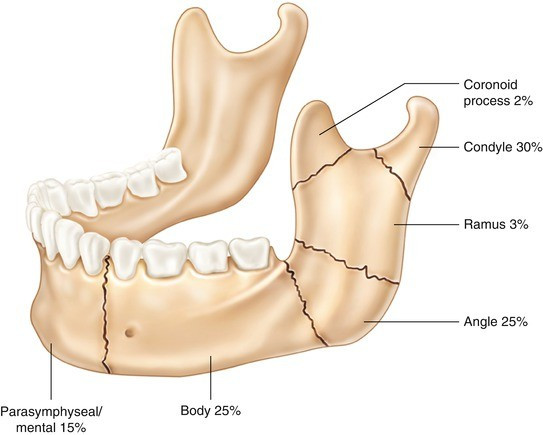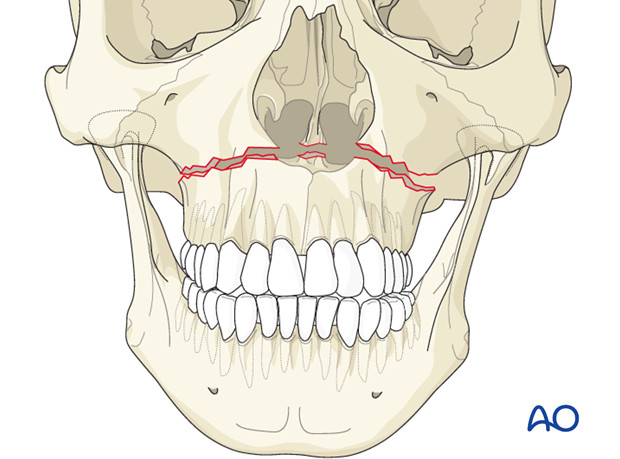Definition
Neuroleptic malignant syndrome (NMS) is a rare but potentially fatal reaction to psychiatric medications. These medications, particularly antipsychotics used to treat schizophrenia, bipolar disorder, and other psychiatric conditions, can trigger this syndrome. NMS occurs in 1 to 2 out of every 10,000 people taking antipsychotic medications.
Causes
Antipsychotic medications work by inhibiting dopamine receptors. These drugs are divided into two main categories: first-generation (dopamine receptor inhibitors) and second-generation (dopamine and serotonin receptor inhibitors). Dopamine and serotonin are essential for brain function, but imbalances can disrupt brain activity, leading to psychiatric conditions like schizophrenia and bipolar disorder.
The primary trigger for NMS is the blockade of dopamine receptors, typically caused by antipsychotic drugs (especially first-generation antipsychotics), but it can also result from other medications such as anti-nausea drugs, antidepressants, and lithium. Additionally, if someone using medications to increase dopamine, like those for Parkinson's disease, suddenly stops taking them, NMS can occur.
Risk factor
Risk factors for NMS are related to the timing and dosage of medication. These factors include using high-potency antipsychotics, high doses, rapid dose increases, long-term use of injectable antipsychotics, a history of NMS, and abnormal movement behaviors (catatonia) like being very still, having rapid and odd movements, or being unable to speak.
Other risk factors include dehydration, agitation, fatigue, poor nutrition, brain diseases, mental disorders other than schizophrenia, use of lithium, a history of electroconvulsive therapy, warm and humid environments, irregular use of antipsychotics, and the postpartum period. Genetic factors can also influence the likelihood of developing NMS.
Symptoms
NMS typically occurs within two weeks of starting or changing antipsychotic medications and lasts about 7-10 days. Symptoms include:
- High fever (38-40°C or 100.4-104°F)
- Muscle rigidity
- Excessive sweating
- Anxiety or altered consciousness
- Rapid or irregular heartbeat
- Rapid breathing
- Excessive salivation
Diagnosis
The diagnosis of neuroleptic malignant syndrome can begin with the examination of temperature and muscle rigidity. Additionally, further assessments may reveal rapid heart rate, high or unstable blood pressure, and excessive sweating.
To evaluate the severity and potential complications of neuroleptic malignant syndrome, a series of tests may be conducted, such as a complete blood count, kidney function tests, blood gas analysis, and urinalysis. The complete blood count might reveal elevated levels of white blood cells and platelets, as well as signs of dehydration. Kidney function tests are essential to detect any decline in renal function. Blood gas analysis helps determine the level of blood acidity, which tends to be elevated in neuroleptic malignant syndrome. Urinalysis may detect the presence of myoglobin, a substance found in muscle tissue, as this condition can lead to muscle damage.
To further assess muscle damage, creatine kinase (CK) levels can be measured. This test also aids in determining the severity of the condition. Additional tests may include liver function tests and lactate levels, which can help identify muscle injury.
Muscle damage may also result in elevated blood levels of electrolytes such as potassium, phosphate, and calcium. Furthermore, muscle breakdown can cause an increase in blood uric acid levels, which, if left untreated, may lead to kidney failure. If there are concerns about coagulation disorders, coagulation tests may also be performed.
Since the symptoms of neuroleptic malignant syndrome resemble those of meningitis, a lumbar puncture may be required to analyze cerebrospinal fluid. Imaging studies like Computed Tomography (CT) scans and Magnetic Resonance Imaging (MRI) may also be conducted to rule out brain hemorrhages, injuries, or other masses within the brain.
Management
Neuroleptic malignant syndrome is a life-threatening emergency, where delayed diagnosis and treatment can result in disability or death. Before initiating treatment, stabilization of the airway, breathing, and circulation is essential. The primary management of neuroleptic malignant syndrome involves the immediate discontinuation of antipsychotic medications. Additionally, supportive therapies are administered to stabilize the patient's condition. In cases of high fever, body temperature is reduced through the use of antipyretics, cooled intravenous fluids, ice packs, and muscle relaxants. If dehydration occurs due to fever and excessive sweating, intravenous fluids are rapidly administered to restore hydration while correcting blood electrolyte imbalances.
Electrolyte disturbances can lead to cardiac arrhythmias. Should arrhythmias develop, antiarrhythmic drugs may be prescribed to stabilize the heart rhythm. In cases of muscle damage, fluid therapy combined with alkaline agents is necessary to prevent kidney injury.
Furthermore, dopamine-boosting medications may be administered. These drugs, commonly used to alleviate symptoms of Parkinson's disease, are generally accessible.
If the above treatments prove ineffective, the physician may resort to electroconvulsive therapy. During this procedure, the patient is placed under general anesthesia, and electric currents are applied to the brain to induce seizures, which may alleviate symptoms.
Once the condition is managed, antipsychotic therapy may be resumed with either the same or different medications. The longer the interval between recovery and the reintroduction of antipsychotics, the lower the risk of recurrence. Nevertheless, as this condition can reoccur even after prior episodes, close monitoring by a physician is crucial.
Complications
Untreated NMS can cause death, typically from heart rhythm disturbances, blood clotting issues, respiratory failure, or kidney failure. Other complications include catatonia, Parkinson-like symptoms, kidney failure, and heart attacks. Those who have had NMS are at risk of recurrence when restarting antipsychotic therapy.
Prevention
Primary prevention of NMS is challenging since it occurs only after antipsychotic use. However, for patients with a history of NMS, close monitoring during antipsychotic treatment can prevent recurrence. Family, caregivers, and patients must cooperate to monitor the patient's condition until an optimal dose is reached. Patients should avoid dehydration, agitation, fatigue, and poor nutrition.
When to see a doctor?
Remember to seek immediate medical attention if you or someone nearby experiences high fever and muscle rigidity within a few days of starting, increasing, or changing antipsychotic medications. Neuroleptic Malignant Syndrome (NMS) is difficult to prevent and can cause severe disability or death, but with quick identification and prompt treatment, full recovery is possible.
Looking for more information about other diseases? Click here!
- dr Nadia Opmalina
Benzer, T. (2020). Neuroleptic Malignant Syndrome: Practice Essentials, Background, Pathophysiology. Retrieved 27 December 2021, from https://emedicine.medscape.com/article/816018-overview#showall
Casarella, J. (2019). Neuroleptic Malignant Syndrome: A Rare, Dangerous Effect of Antipsychotic Drugs. Retrieved 27 December 2021, from https://www.webmd.com/schizophrenia/guide/what-is-neuroleptic-malignant-syndrome
Simon, L., Hashmi, M., & Callahan, A. (2021). Neuroleptic Malignant Syndrome. Retrieved 27 December 2021, from https://www.ncbi.nlm.nih.gov/books/NBK482282/












